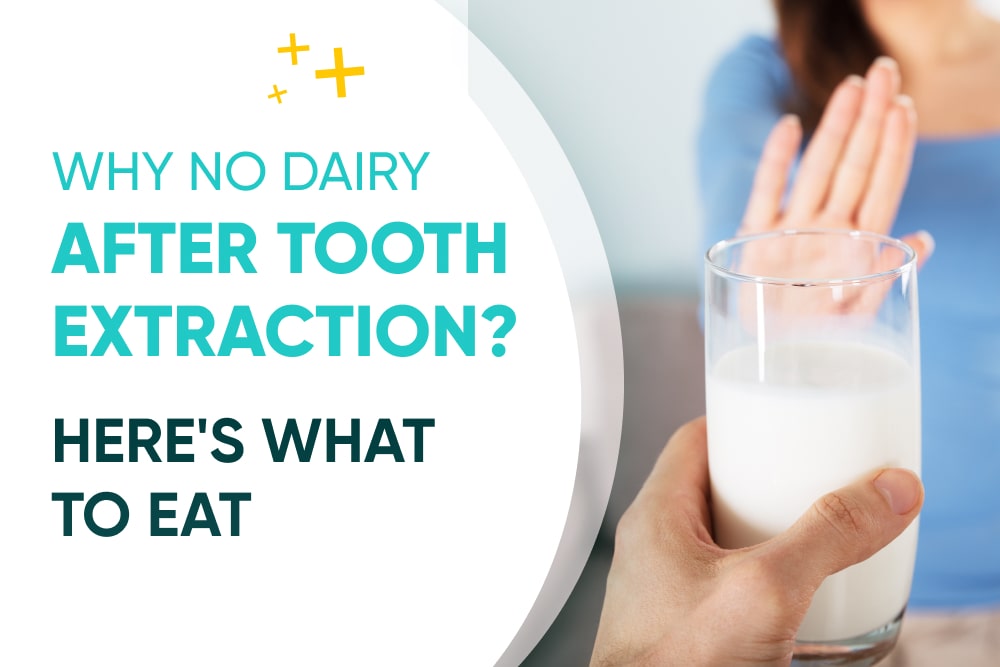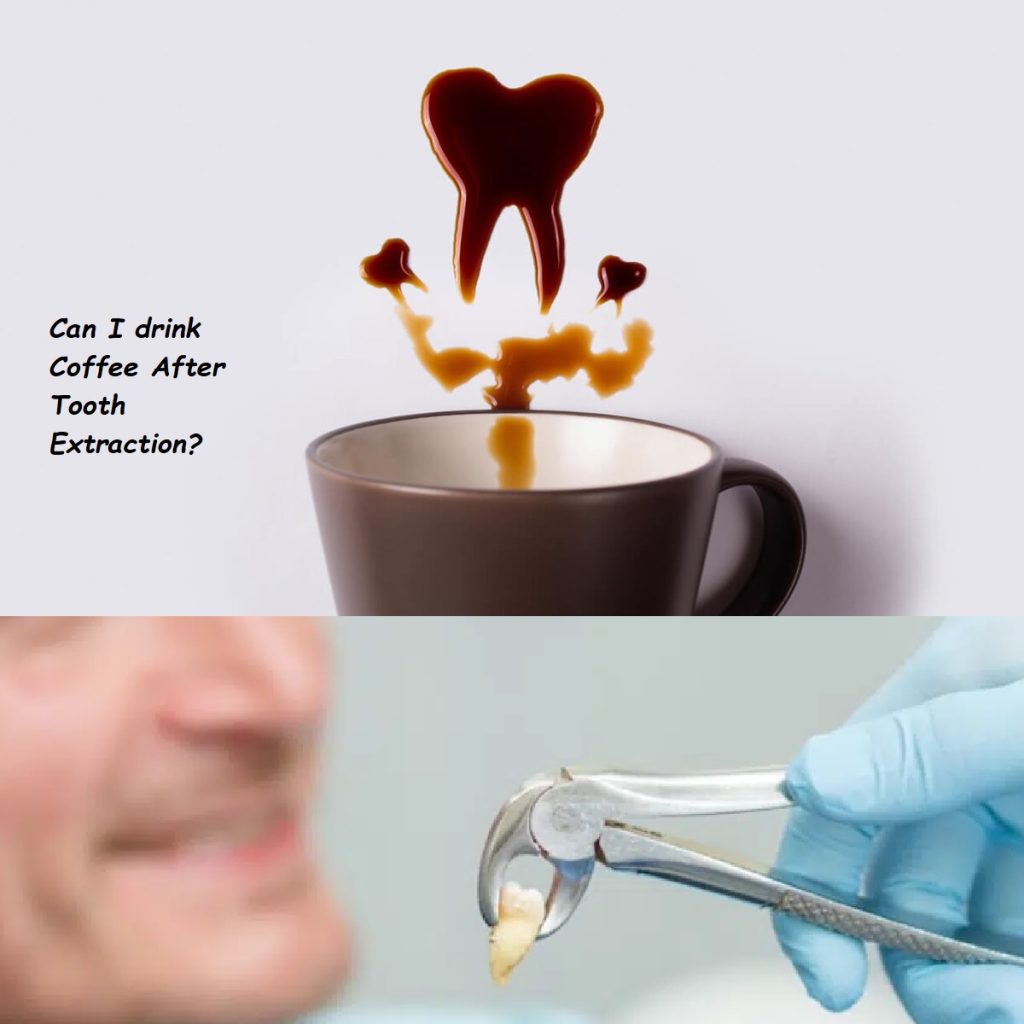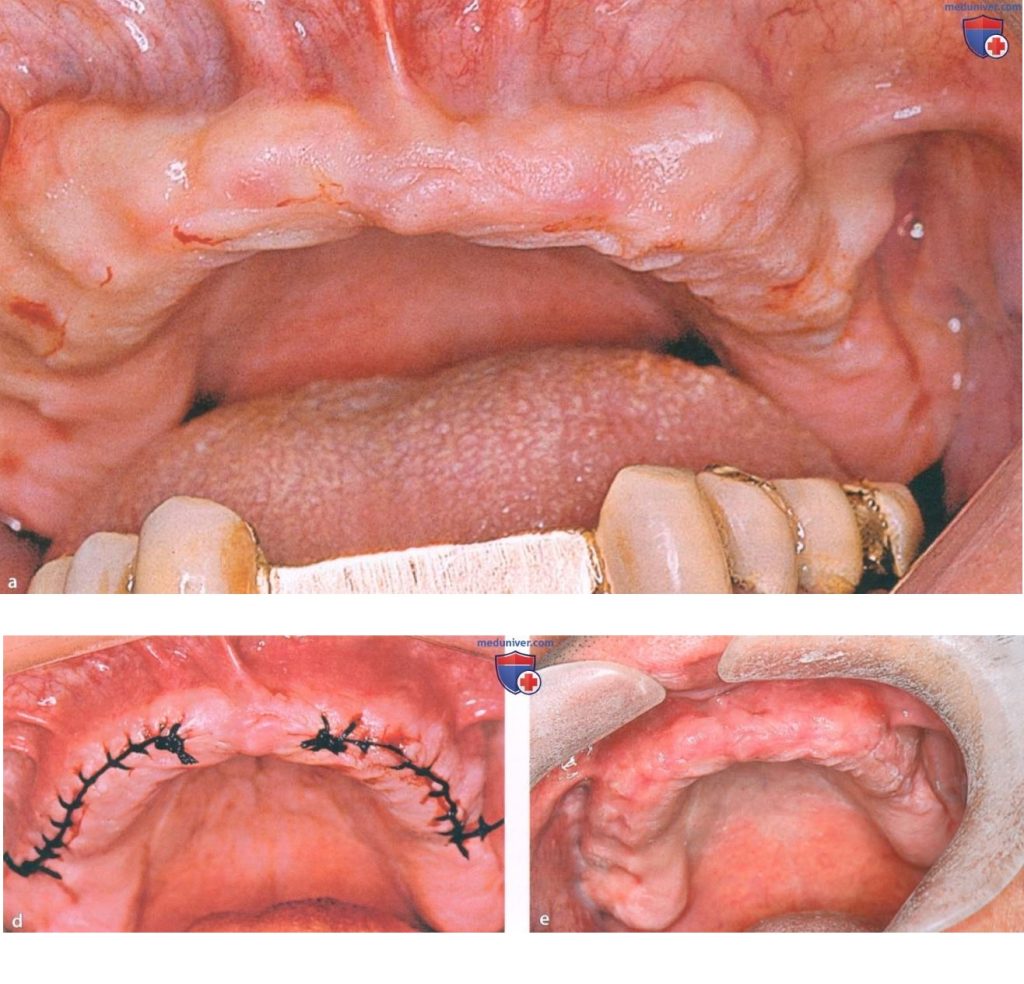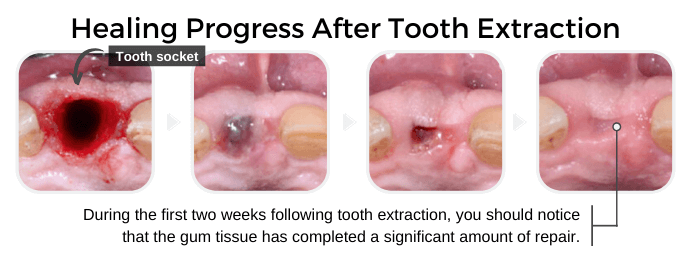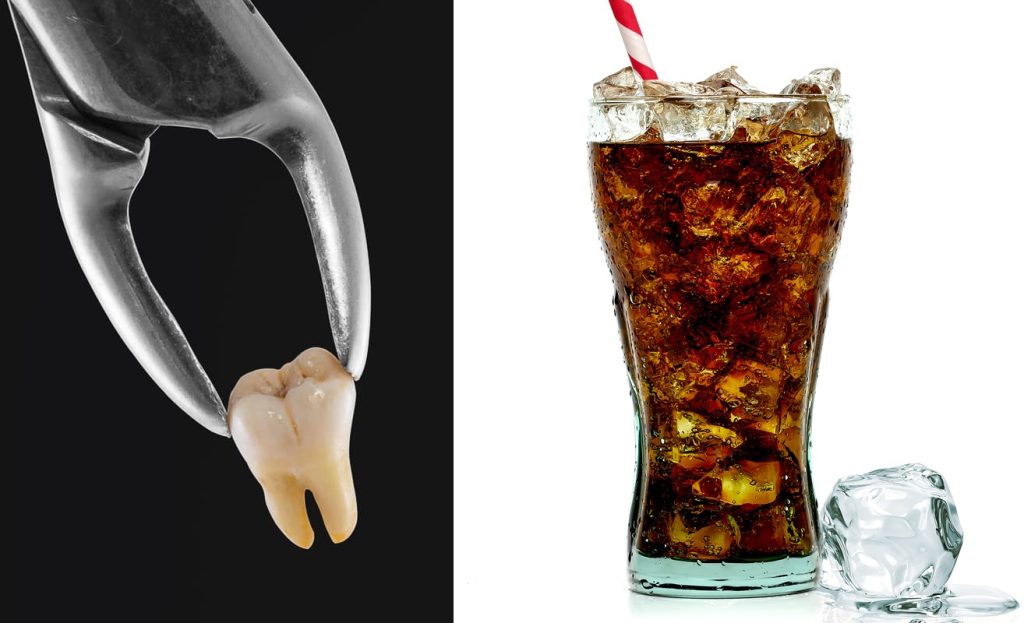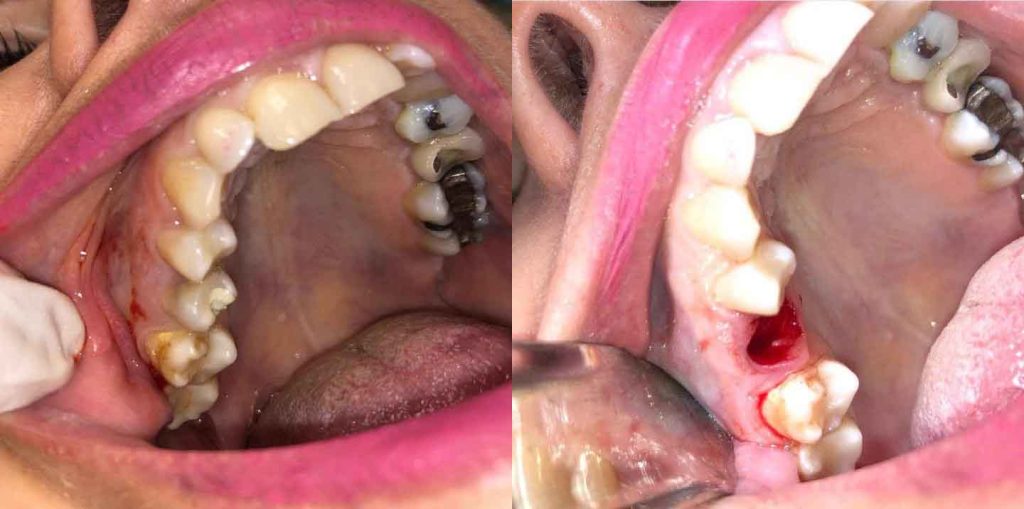Tooth extraction is a common dental procedure that requires careful post-operative care to ensure proper healing and prevent complications. One piece of advice often given by dentists is to avoid dairy products after tooth extraction. Understanding why no dairy after tooth extraction is recommended can help patients make informed decisions about their post-operative diet and care. This comprehensive guide will delve into the reasons behind this advice, explore the healing process, discuss potential complications associated with dairy consumption, and provide tips for post-extraction nutrition.
The Healing Process After Tooth Extraction
Before exploring why no dairy after tooth extraction is advised, it’s essential to understand the healing process following this procedure. Tooth extraction involves removing a tooth from its socket in the jawbone. This leaves behind an open wound that needs time to heal. The healing process can be divided into several stages:
- Formation of a Blood Clot: Immediately after the tooth is extracted, a blood clot forms at the extraction site. This clot is crucial for stopping the bleeding and beginning the healing process.
- Initial Healing: Within the first 24 to 48 hours, the blood clot begins to stabilize, and the surrounding tissues start to heal. During this period, the extraction site is highly susceptible to infection and other complications.
- Granulation Tissue Formation: Over the next few days, granulation tissue, which is composed of new blood vessels, collagen, and white blood cells, forms over the extraction site. This tissue helps protect the wound and supports further healing.
- Bone Remodeling: In the weeks and months following the extraction, the body gradually replaces the blood clot and granulation tissue with new bone. This process can take several months to complete.
Understanding these stages of healing highlights the importance of following dietary recommendations, including avoiding dairy, to support optimal recovery.
Why No Dairy After Tooth Extraction?
Several reasons justify the recommendation to avoid dairy products after tooth extraction. These reasons are rooted in both the nature of dairy products and the body’s healing process.
- Risk of Infection: Dairy products, particularly milk, contain a protein called casein. Casein can form a sticky film in the mouth that may adhere to the extraction site. This film can trap food particles and bacteria, increasing the risk of infection. The presence of casein can also interfere with the formation and stability of the blood clot, which is crucial for proper healing.
- Increased Mucus Production: Dairy products are known to increase mucus production in some individuals. Excessive mucus can cause discomfort and may lead to coughing or throat clearing, which can dislodge the blood clot and disrupt the healing process. This is particularly problematic in the first few days following the extraction when the clot is still forming.
- Potential for Dry Socket: A dry socket, or alveolar osteitis, is a painful condition that occurs when the blood clot at the extraction site is dislodged or dissolves prematurely, exposing the underlying bone and nerves. Consuming dairy products can increase the risk of dry socket by promoting conditions that lead to clot dislodgement, such as increased mucus production and bacterial growth.
- Interaction with Medications: After a tooth extraction, patients are often prescribed pain medications or antibiotics. Dairy products can interfere with the absorption of certain antibiotics, reducing their effectiveness. For instance, calcium in dairy products can bind to antibiotics like tetracycline, preventing their proper absorption and reducing their ability to fight infection.
- Nausea and Digestive Issues: Some individuals may experience nausea or digestive issues after dental procedures due to anesthesia or pain medications. Dairy products can exacerbate these symptoms, leading to discomfort and potential complications.
By understanding these reasons, patients can appreciate why no dairy after tooth extraction is recommended and can take steps to support their healing process.
Potential Complications from Consuming Dairy After Tooth Extraction
Consuming dairy products after tooth extraction can lead to several complications that may hinder the healing process and cause discomfort. Here are some potential issues that can arise from disregarding the advice to avoid dairy:
- Infection: As mentioned earlier, the presence of casein in dairy products can create a sticky film that traps bacteria and food particles at the extraction site. This can lead to an increased risk of infection, characterized by swelling, pain, and discharge from the extraction site. Infections can delay healing and may require additional medical intervention, such as antibiotics.
- Dry Socket: The risk of developing dry socket is a significant concern following tooth extraction. Consuming dairy products can contribute to this condition by promoting behaviors that dislodge the blood clot, such as coughing or throat clearing due to increased mucus production. Dry socket is extremely painful and can prolong the healing process, requiring additional treatment from a dentist.
- Poor Medication Absorption: If dairy products interfere with the absorption of prescribed antibiotics, the effectiveness of these medications can be compromised. This can lead to inadequate infection control and prolonged healing times. Patients may need to undergo additional courses of antibiotics, which can have further implications for their overall health.
- Gastrointestinal Discomfort: Some patients may experience gastrointestinal discomfort, including nausea and diarrhea, after consuming dairy products post-extraction. This can be particularly problematic if the patient is already experiencing nausea due to anesthesia or pain medications. Gastrointestinal discomfort can lead to dehydration and further complicate the healing process.
- Increased Pain and Swelling: The potential for dairy products to increase mucus production and cause discomfort can lead to increased pain and swelling at the extraction site. This can make the recovery period more challenging and uncomfortable for the patient.
By understanding these potential complications, patients can better appreciate why no dairy after tooth extraction is a critical recommendation and can take steps to avoid these issues.
Alternatives to Dairy After Tooth Extraction
Given the potential complications associated with dairy consumption after tooth extraction, it’s important to explore suitable alternatives that can provide the necessary nutrients without compromising the healing process. Here are some recommended alternatives:
- Plant-Based Milk: Instead of dairy milk, opt for plant-based alternatives such as almond milk, soy milk, or oat milk. These options do not contain casein and are less likely to cause increased mucus production.
- Soft Foods: Soft foods that are easy to eat and gentle on the extraction site are ideal during the initial healing period. Examples include applesauce, mashed potatoes, scrambled eggs, and smoothies made without dairy.
- Broth-Based Soups: Broth-based soups are nutritious and easy to consume without disturbing the extraction site. Avoid creamy soups made with dairy to prevent potential complications.
- Hydration: Staying hydrated is crucial for healing. Drink plenty of water and non-dairy beverages to keep your mouth moist and support overall recovery.
- Nutrient-Rich Foods: Focus on nutrient-rich foods that promote healing, such as soft fruits (bananas, avocados), vegetables (steamed or pureed), and protein sources like tofu or soft-cooked legumes.
By incorporating these alternatives into their diet, patients can ensure they receive adequate nutrition while adhering to the recommendation of no dairy after tooth extraction.
Tips for Post-Extraction Nutrition and Care
In addition to avoiding dairy products, following these tips for post-extraction nutrition and care can further support the healing process and reduce the risk of complications:
- Follow a Soft Diet: Stick to soft, easy-to-chew foods for the first few days after the extraction. Gradually reintroduce solid foods as the extraction site heals and your comfort level improves.
- Avoid Hot Foods and Beverages: Hot foods and beverages can dissolve the blood clot and delay healing. Consume lukewarm or cool foods and drinks to protect the extraction site.
- Steer Clear of Crunchy and Sticky Foods: Foods that are crunchy, sticky, or require excessive chewing can dislodge the blood clot and irritate the extraction site. Avoid these foods until the site has healed completely.
- Stay Hydrated: Drink plenty of water to stay hydrated, but avoid using straws, as the suction can dislodge the blood clot. Sip directly from a glass or cup.
- Maintain Oral Hygiene: Keep your mouth clean by gently rinsing with warm salt water starting 24 hours after the extraction. Avoid brushing the extraction site directly for the first few days, but maintain regular brushing and flossing for the rest of your teeth.
- Follow Your Dentist’s Instructions: Adhere to any specific post-operative instructions provided by your dentist, including guidelines on diet, oral hygiene, and activity restrictions.
By following these tips, patients can support their recovery and minimize the risk of complications associated with tooth extraction.
Understanding the Nutritional Needs After Tooth Extraction
Proper nutrition plays a vital role in the healing process after tooth extraction. Understanding the body’s nutritional needs during this time can help patients make informed dietary choices that promote recovery. Here are some key nutrients that are important for healing:
- Protein: Protein is essential for tissue repair and regeneration. Include protein-rich foods such as soft-cooked eggs, tofu, and legumes in your diet to support the healing process.
- Vitamin C: Vitamin C is crucial for collagen production, which aids in wound healing. Consume vitamin C-rich foods such as pureed fruits (bananas, berries) and vegetables (mashed sweet potatoes, steamed carrots).
- Calcium: While avoiding dairy, it’s important to still get enough calcium for bone health. Non-dairy sources of calcium include fortified plant-based milks, leafy greens, and tofu.
- Zinc: Zinc supports immune function and wound healing. Include zinc-rich foods such as mashed beans, chickpeas, and lentils in your diet.
- Hydration: Staying hydrated is crucial for overall health and healing. Drink plenty of water and non-dairy beverages to keep your body hydrated.
By focusing on these key nutrients, patients can support their body’s healing process and ensure a smooth recovery after tooth extraction.
FAQs About Dairy and Tooth Extraction
To further clarify why no dairy after tooth extraction is advised, here are some frequently asked questions and their answers:
1. Can I consume dairy products if I don’t have any allergies or lactose intolerance? Even if you don’t have allergies or lactose intolerance, it’s still recommended to avoid dairy products immediately after tooth extraction due to the potential risks of infection, increased mucus production, and interference with medication absorption.
2. How long should I avoid dairy products after tooth extraction? It’s generally recommended to avoid dairy products for at least 48 hours after the extraction. However, your dentist may provide specific guidelines based on your individual case and healing progress.
3. Are all dairy products equally problematic after tooth extraction? Yes, all dairy products, including milk, cheese, yogurt, and ice cream, can pose similar risks. It’s best to avoid all forms of dairy during the initial healing period.
4. Can I resume consuming dairy products once the initial healing period is over? Once the initial healing period is over and the blood clot is stable, you can gradually reintroduce dairy products into your diet. Monitor your condition and consult your dentist if you have any concerns.
5. What should I do if I accidentally consume dairy after tooth extraction? If you accidentally consume dairy, monitor the extraction site for any signs of complications, such as increased pain, swelling, or infection. Rinse your mouth with warm salt water to help clean the area and contact your dentist if you experience any issues.
Understanding the answers to these frequently asked questions can help patients navigate their post-extraction care with confidence.
Conclusion
The recommendation of no dairy after tooth extraction is based on a thorough understanding of the healing process and the potential complications that can arise from consuming dairy products. By avoiding dairy, patients can reduce the risk of infection, dry socket, poor medication absorption, gastrointestinal discomfort, and increased pain and swelling. Following the dietary guidelines and tips provided in this guide, patients can support their recovery and ensure a smooth healing process. Always consult with your dentist for personalized advice and follow their recommendations to promote optimal healing after tooth extraction.
Related to read:
How to manage pain after tooth extraction
tooth extraction aftercare
Dental Bonding: Everything you need to know about Composite bonding.
Bruxism: Teeth grinding causes treatment and prevention.
How to keep your gums healthy and disease-free?
References:
- Prevalence and Factors Influencing Post-Operative Complications following Tooth Extraction: A Narrative Review
- Post-operative Instructions for Extractions/Oral Surgery.
